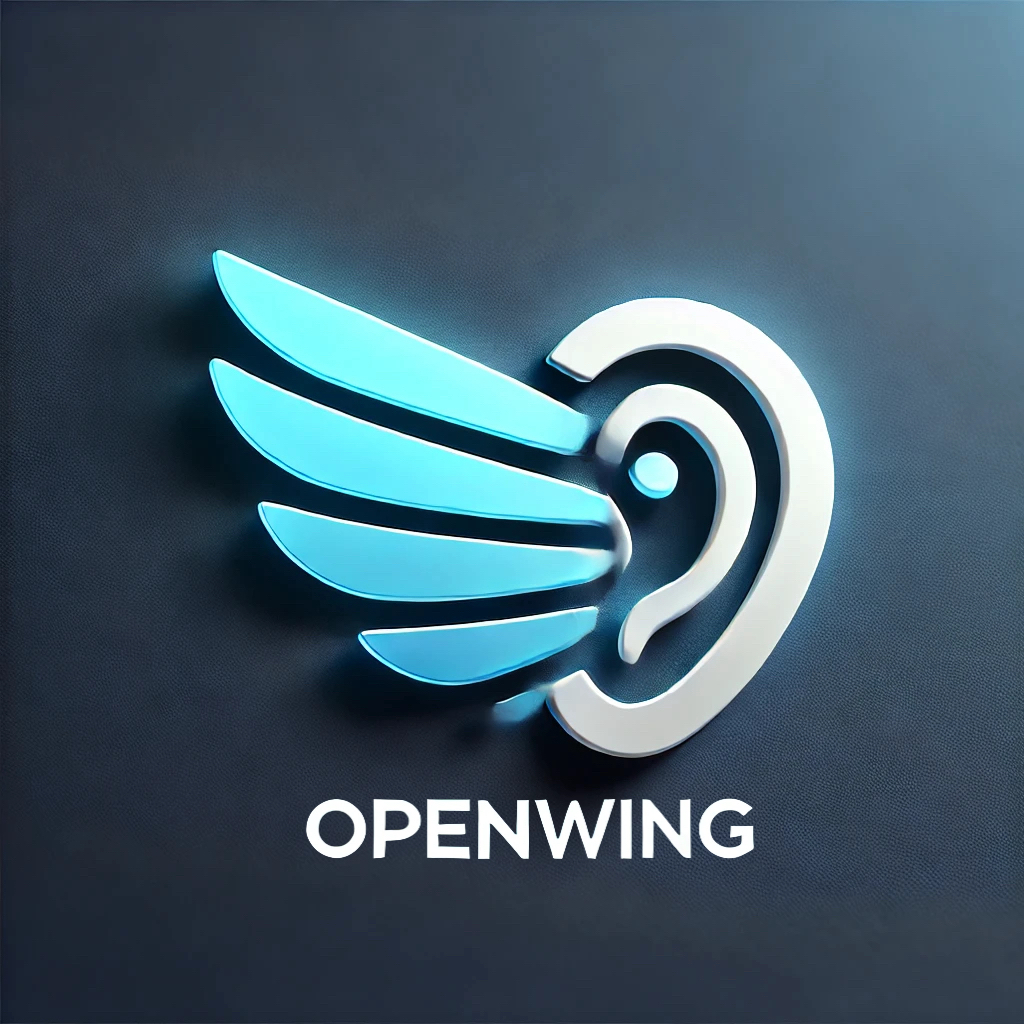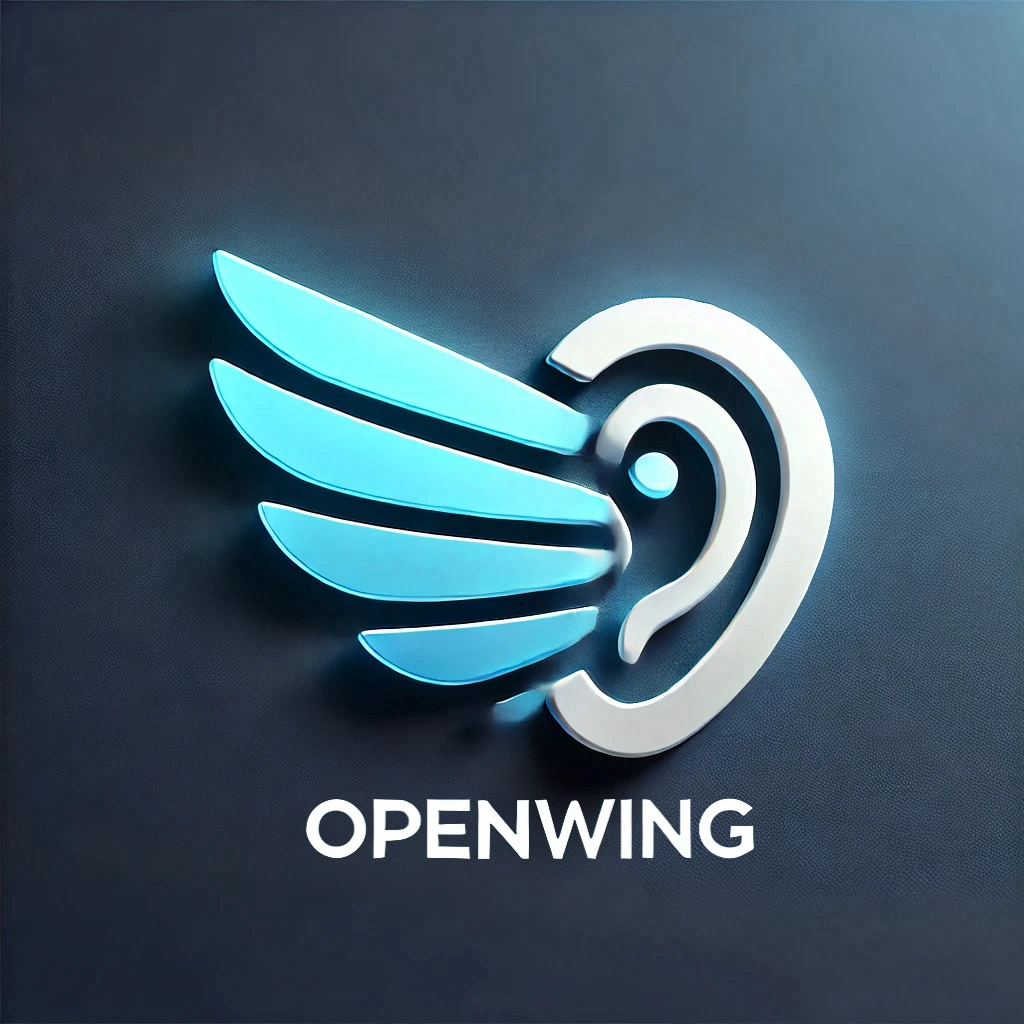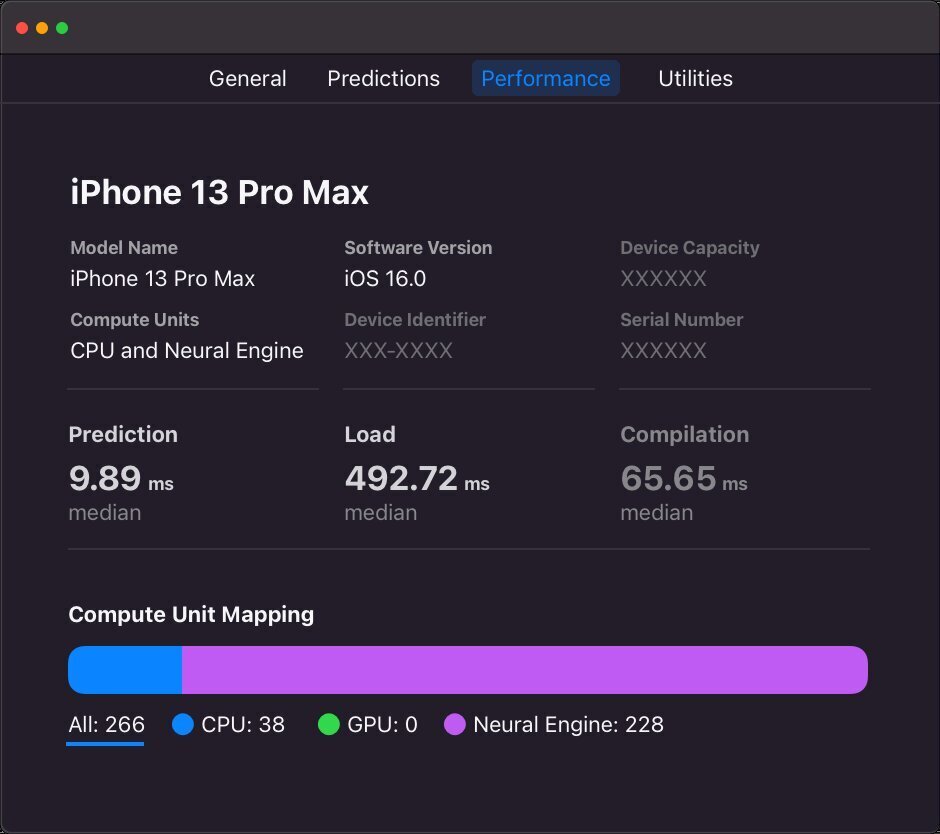Apple Neural Engine (ANE) is a specialized hardware component designed to accelerate machine learning tasks on Apple devices. Since its introduction with the A11 chip in 2017, the ANE has evolved significantly, enhancing its processing power and capabilities for on-device machine learning.
Overview of Apple Neural Engine
The first generation of the ANE provided a peak throughput of 0.6 teraflops (TFlops), facilitating features like Face ID and Memoji. By 2021, the fifth generation of the ANE reached an impressive 15.8 TFlops, representing a 26-fold increase in processing power. This advancement has enabled a broader range of applications to utilize the ANE, extending its availability from iPhones to iPads and Macs, starting with the A12 and M1 chips, respectively[1][3].
Transformer Models on ANE
Apple has increasingly adopted the Transformer architecture for its machine learning models, which has proven effective across various tasks, including natural language processing and computer vision. The Transformer models deployed on the ANE are optimized to minimize memory usage and enhance performance, achieving speeds up to 10 times faster than previous implementations while consuming significantly less memory[1].
The Transformer architecture’s versatility has led to the creation of numerous applications, with many pretrained models available through platforms like Hugging Face. These models are designed to be easily deployed on Apple devices, benefiting from the ANE’s capabilities to deliver efficient and responsive user experiences[1].
Foundation Models
In 2024, Apple introduced a new suite of foundation models as part of its Apple Intelligence system, integrated into iOS and macOS. These models are fine-tuned to adapt to users’ everyday activities, enhancing tasks such as text generation, notification management, and image creation. The foundation models include a smaller on-device language model and a larger server-based model, both designed for efficient and responsible performance[2].
Training for these models utilizes Apple’s AXLearn framework, which supports high scalability and efficiency on various hardware platforms. This framework employs advanced techniques such as data parallelism and tensor parallelism, ensuring that the models are robust and capable of handling diverse tasks effectively[2].
Conclusion
The Apple Neural Engine represents a significant leap in on-device machine learning capabilities, enabling developers to create sophisticated applications that leverage advanced models like Transformers. With ongoing enhancements and the introduction of new foundation models, Apple continues to push the boundaries of what is possible in machine learning on its devices, ensuring a seamless and efficient user experience.
Further Reading
1. Deploying Transformers on the Apple Neural Engine – Apple Machine Learning Research
2. Introducing Apple’s On-Device and Server Foundation Models – Apple Machine Learning Research
3. https://apple.fandom.com/wiki/Neural_Engine
4. Machine Learning – Apple Developer
5. Bring your machine learning and AI models to Apple silicon – WWDC24 – Videos – Apple Developer


